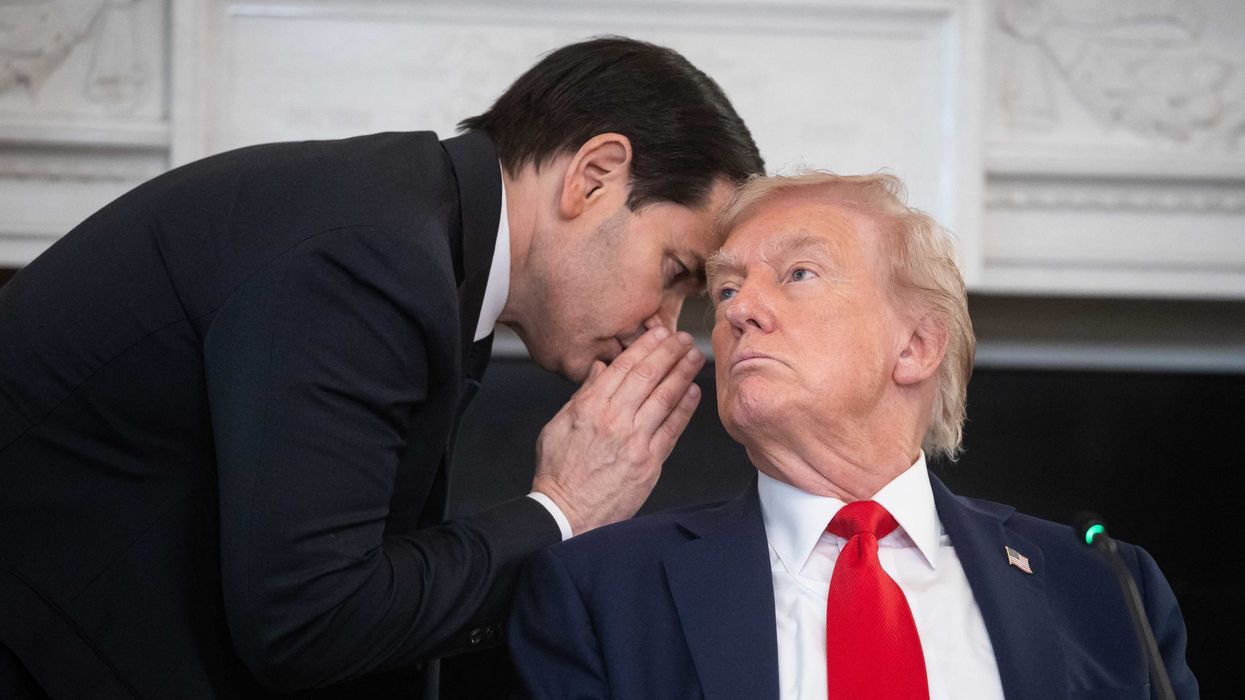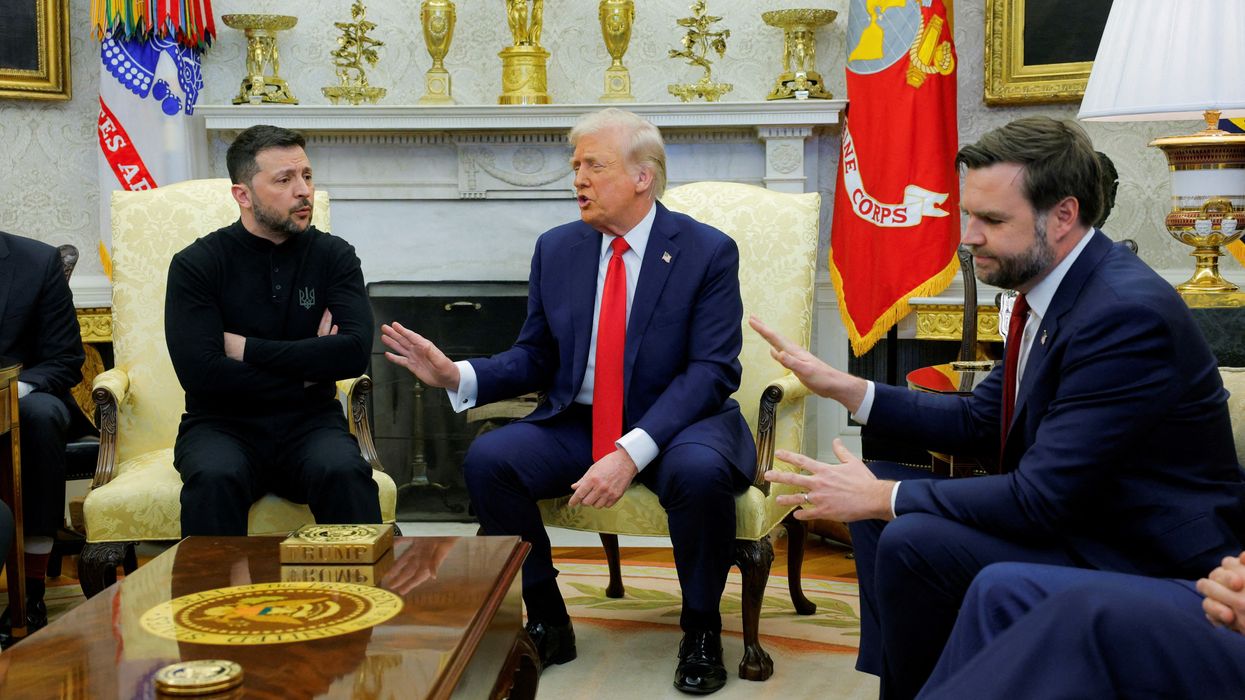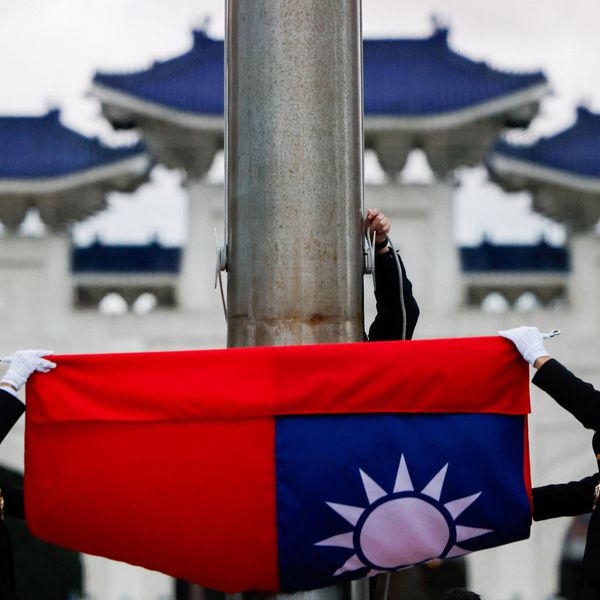China has gone from tough economic competitor power to feared superpower in the public mind. Near-panic has seized Washington. Last month an unusual bipartisan Senate super-majority approved legislation intended to match the Chinese Communist Party’s supposedly superior economic management.
Policymakers should calm down. The CCP is marking its 100th anniversary, but in fact has little to celebrate. It took power only through the blunders of others. It grossly mismanaged China’s economy and society. Its supposedly far-sighted leaders today are imposing stultifying authoritarian controls that limit China’s future success. The U.S. should not be afraid.
A century ago 13 delegates met in Shanghai for the CCP’s First National Congress. However, the party depended on the Soviet Union for support. Even more important was the role of Imperial Japan. The latter’s invasion diverted Nationalist leader Chiang Kai-shek from planned campaigns against the CCP and consumed the best of his troops. Mao Zedong husbanded his forces for the civil war to come.
Mao was determined, but deadly. Millions died as the PRC consolidated power. The infamous Great Leap Forward simultaneously collectivized agriculture and botched industrialization. Chinese journalist Yang Jisheng, author of Tombstone: The Great Chinese Famine: 1958-1962, estimated “that the Great Famine brought about 36 million unnatural deaths, and a shortfall of 40 million births. China’s total population loss during the Great Famine then comes to 76 million.”
Mao next put his countrymen through the Great Proletarian Cultural Revolution, a mad mix of party purge, civil war, ideological outburst, and social breakdown. Only his death in 1976 brought relief. Then “paramount leader” Deng Xiaoping dismantled Mao’s totalitarian controls over economic and social life, freeing a productive people. China took off economically—and essentially wiped out poverty, which afflicted an incredible 750 million people in 1990, and created for China a middle class. But this success came not because of what Beijing did, but what it stopped doing.
Yet the economic reforms were hampered by other policies. In 1979 the regime imposed the so-called one-child policy. The consequences were disastrous. Today the population is aging and shrinking, with a gender imbalance due to the rural preference for boys. As these problems grew more evident Beijing began adjusting its policy, allowing two and then, starting in May, three children. However, fertility rates have changed little. The population could fall in half to some 730 million people by century’s end. Aside from the obvious economic and social consequences, Xi Jinping apparently warned party leaders that these demographic changes also posed a national security problem.
However, Xi & Co. still fear yielding control. Reported the Wall Street Journal: “Beijing has been reluctant to abandon birth controls altogether. One of the people familiar with the matter said leaders are worried that a total relaxation in birth restrictions could encourage poorer families in rural areas to have many more children and thus exacerbate economic conditions in parts of the country that the government had recently lifted out of extreme poverty.” No matter how badly they fail, the social engineers keep trying.
Moreover, post-Mao China retains tight control of the economy. For instance, the Economic Freedom in the World Report ranks the PRC at 124 in the world. China does particularly badly on size of government and regulation. For years China grew more from increasing productivity than capital investment, as underemployed rural workers moved into manufacturing. However, that easy source of growth ended with the aging and soon-to-be falling population.
Now the PRC will have to rely on other factors in what remains a statist economy. For instance, government enterprises account for about a third of GDP, employ a disproportionate share of the work force, and enjoy preferential access to state banks. As a result, wrote author Michael Schuman: “state-owned enterprises are gobbling up a larger proportion of vital resources, such as bank loans, while the share of national output generated by private companies is no longer expanding as it once had.” Yet state operations generally are poor economic performers and have amassed substantial debt.
Many are in serious trouble.
Reported CNN last December:
“Chinese state-owned companies are starting to default on their debts. It's a problem that could ripple through the country's financial system, threatening to slam the brakes on the nation’s economy and hobble the global recovery from the pandemic. State firms defaulted on a record 40 billion yuan ($6.1 billion) worth of bonds between January and October, according to Fitch Ratings. That's about as much as the last two years combined. The problem has only gotten worse in recent weeks. A slew of major companies … declared bankruptcy or defaulted on their loans last month, sending shock waves through the nation's debt market.”
That is not all, however. Xi has extended Beijing’s reach over private firms, highlighted by the public gelding of Jack Ma and the Ant Group. Reported the Wall Street Journal in December: “China’s most powerful leader in a generation wants even greater state control in the world’s second-largest economy, with private firms of all sizes expected to fall in line. The government is installing more Communist Party officials inside private firms, starving some of credit and demanding executives tailor their businesses to achieve state goals.” Politicizing the sector that provides the greatest growth will not turn out well.
Although U.S. policymakers are pointing at the PRC to justify all manner of subsidies, preferences, and other forms of industrial policy, the Chinese state has not been particularly far-sighted. The Cato Institute’s Scott Lincicome and Huan Zhu explained that “Little of China’s impressive historic growth, however, can be attributed the nation’s industrial policies.” The latter has been costly while suffering significant failures.
Lincicome and Zhu observed: “Perhaps the most notable example is China’s unsuccessful decades-long quest to be a global leader in semiconductors, an industry considered by U.S. industrial policy advocates as ‘too critical to fail.’ Despite receiving billions of dollars in government funding and being prioritized in government policy documents, such as the Guidelines to Promote a National Integrated Circuit Industry, Made in China 2025, and the Technical Area Roadmap, China’s domestic players still, by most expert accounts, decades behind the world’s best producers.”
Finally, Xi’s sustained assault on dissent also threatens economic innovation. Beijing has undertaken a savage national crackdown on religious believers, human rights lawyers, independent journalists, dissenting academics, fractious businessmen, activist students, and most other freethinkers.
Observed economists Ronald Coase and Ning Wang: “When the market for goods and the market for ideas are together in full swing, each supporting, augmenting, and strengthening the other, human creativity and happiness stand the best chance to prevail, the material and spiritual civilizations march on firm ground, side by side.”
Xi Jinping’s China has become a weltmacht and poses a significant challenge to America. However, its claim to having created a political meritocracy is more façade than reality, and the consequences of its multiple attempts at brutal social engineering have ranged from merely wasteful to truly catastrophic. The more Xi remakes himself as Mao in politics if not policies the worse the results are likely to be. The U.S. should not follow the PRC’s path.
















